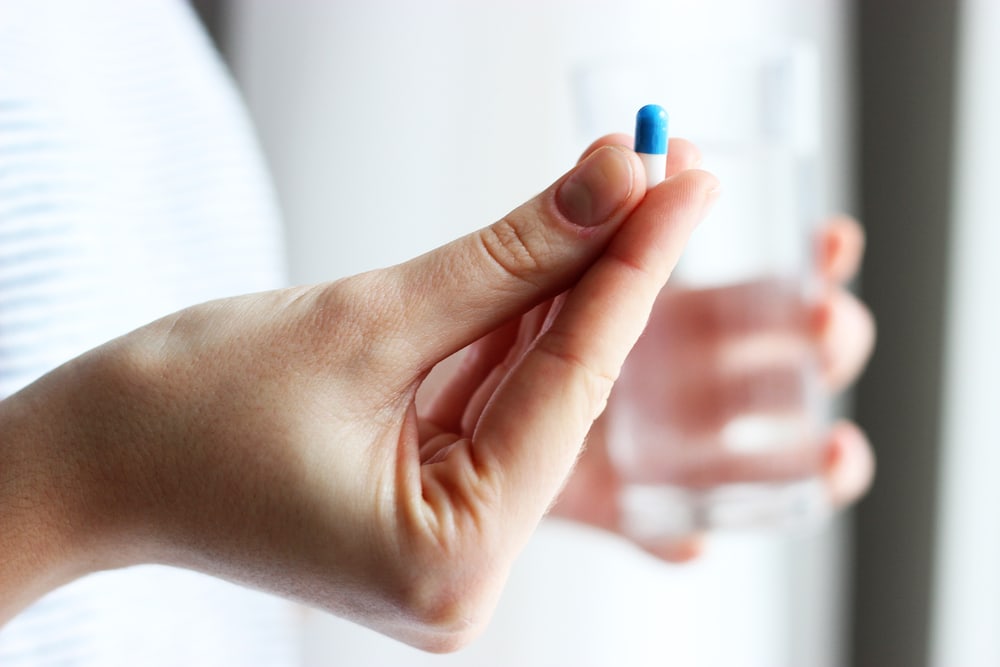Contents:
- Medical Video: Labor And Delivery Child Birth | Manipal Hospitals
- Who can give birth in water?
- What preparation is needed to undergo a water birth?
- How does the water birth process take place?
- Childbirth preparation
- Give birth to a baby in water
- After giving birth in water
Medical Video: Labor And Delivery Child Birth | Manipal Hospitals
Giving birth in water (water birth) becomes one of the methods of natural delivery for many prospective mothers, because it is believed to provide a calming effect and minimal pain. But not all women turn out to be allowed to give birth in water. Indeed, what is the process like?Read more here.
Who can give birth in water?
Not all pregnant women can run a water birth. This is because water birth can cause a risk that is fatal to you and your baby if it is not done with the right procedure. Reporting from the Baby Center, you may give birth in water if:
- You can give birth normally
- Your gestational age is more than 37 weeks
- There is only one baby in the womb (not a twin pregnancy)
- The womb baby is in the right position (head down)
- Childbirth signs appear on their own or take place after induction with prostaglandin
- The amniotic fluid breaks before your baby comes out and the amniotic fluid is clean (there is no blood or the baby's first stool)
- You don't have pregnancy complications
- Normal blood pressure
- Your baby is healthy and shows no signs of difficulty getting out
What preparation is needed to undergo a water birth?
Before running a water birth, some things might have to be determined for the smooth running of the water birth process, including:
- Consult a doctor can you run a birth in water. Make sure your condition and fetus really can run a water birth. If you can, then find a doctor or midwife who can help you give birth in water. Not all doctors or midwives may be willing.
- Determine where you want to run water birth, in the hospital or at home. If at a hospital, you should find a hospital that can provide facilities for water birth (for example, a tub of water for childbirth). If at home, you certainly have to provide various things.
Things you should prepare if you give birth in water at home:
- Tub for giving birth. Choose a tub of water that is large enough for you to sit comfortably and deep enough so that the water reaches your armpit while sitting in the tub. Make sure the tub of water has been cleaned before you use it for childbirth.
- Prepare a water source to be filled into the tub. The water used for childbirth must be completely clean of germs and have a temperature of 35-38 degrees Celsius. The water used must be warm to your liking so that you feel comfortable in the tub. You can get this warm water directly from your home tap, connected to the tub through a hose. Or, you can also boil water first until you reach the desired warmth and then fill it in the tub. You might need to add a cup of salt to a water bath to prevent wrinkles from lingering in the water.
- Perform a simulation from preparing the tub to filling the tub with warm water so you can determine how long it will take to prepare it.
- Determine in which room in your home as a place to give birth. Choose a room that is large enough so that a tub of water can go inside. Also choose a room with cool temperatures, not too hot or too cold so you are comfortable. Make sure the floor in the room is strong enough to withstand the load from a fully filled tub of water.
How does the water birth process take place?
Childbirth preparation
By the time of birth, all preparations should be completed. So, when the signs of childbirth have arrived, you don't need to wait any longer to prepare.
If the birth signs have been seen (such as continuous contractions and the cervix begins to widen), you should contact your doctor or midwife. Then, fill the tub with warm water and wait until the doctor or midwife arrives before you enter the tub.
Also prepare drinking water and a clean cloth to prevent dehydration during childbirth. A clean cloth can be dipped in cold water and put it on your neck or back so you don't feel hot and more comfortable.
Give birth to a baby in water
Wait until you feel a strong contraction to give birth. Some experts recommend that you wait until the cervix widens at least 5 cm. If labor slows down when you are out of water, try to get into the water because this can stimulate labor.
When in water, find a comfortable position, such as squatting, leaning, kneeling, and others. Your partner can enter to accompany you in the pool to help calm and empower you. Follow the instructions of your doctor or midwife when the right time to push, this is the most dangerous part of giving birth.
When there is an appropriate push, the mother pushes and the baby comes out of the cervix. Pushing the baby out at this time might be easier because the encouragement from the water helps. After the baby comes out, the baby will be taken by the doctor or midwife to the surface of the water slowly, so that the baby's umbilical cord is not broken or damaged. When the baby's nose first touches air, this is the first time the baby breathes.
After giving birth in water
After the baby is born, your task is not finished because you have to give birth to the placenta. You can give birth to the placenta inside and outside the water. Some mothers may choose to remain in the water to give birth to the placenta. However, if the placenta is too long to be born, you should get out of the tub and give birth to the placenta outside the water.












